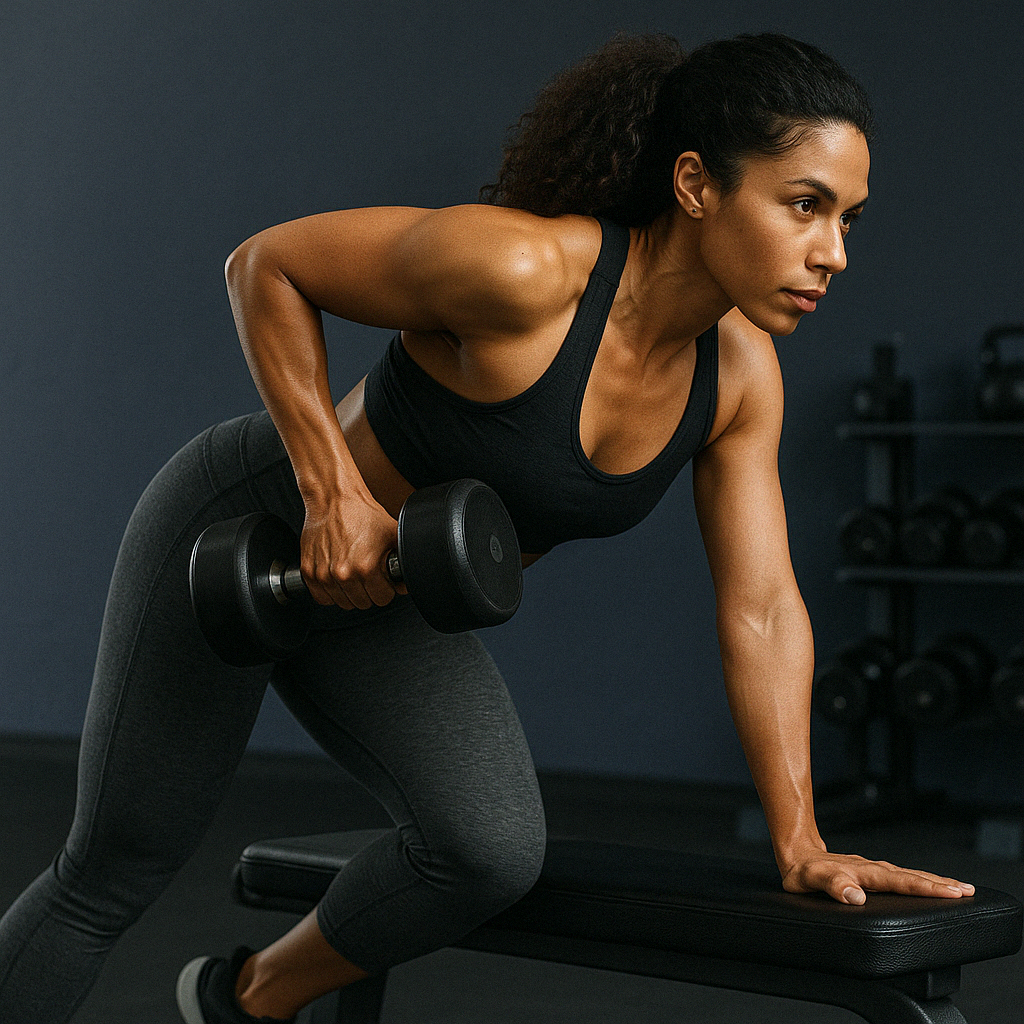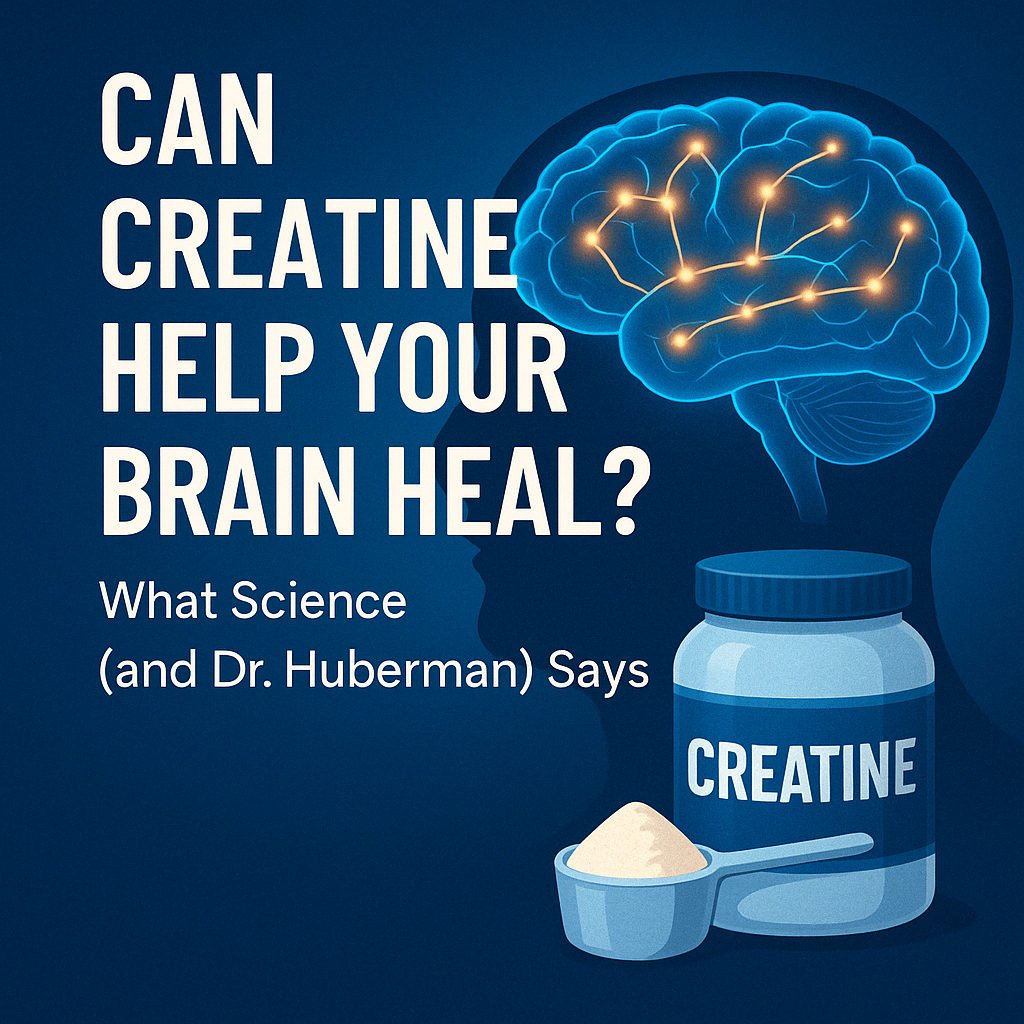How to Estimate Your Body Fat Percentage Without Special Tools
Learn reliable methods to estimate your body fat percentage at home without expensive equipment.

Understanding Body Fat Percentage
Body fat percentage is a key health metric that tells you what portion of your total body weight is fat. Unlike weight alone, body fat percentage gives you insight into your body composition and can be a better indicator of health and fitness.
Why Body Fat Percentage Matters
Knowing your body fat percentage helps you:
- Set realistic fitness goals
- Track progress beyond the scale
- Assess health risks
- Make informed decisions about nutrition and training
Home Methods to Estimate Body Fat
While DEXA scans and hydrostatic weighing are the gold standards for accuracy, there are several methods you can use at home to get a reasonable estimate:
1. Navy Method Calculation
The U.S. Navy developed a formula that uses circumference measurements to estimate body fat:
For men:
- Measure your neck, waist, and height
- Use the formula: % body fat = 86.010 × log10(waist - neck) - 70.041 × log10(height) + 36.76
For women:
- Measure your neck, waist, hips, and height
- Use the formula: % body fat = 163.205 × log10(waist + hip - neck) - 97.684 × log10(height) - 78.387
This method is surprisingly accurate when measurements are taken correctly. Try our Body Fat Estimator to calculate this automatically.
2. Visual Assessment
While less precise, comparing your physique to reference images can give you a ballpark estimate:
- Men at 10-12% typically have visible abs
- Women at 18-20% show some muscle definition
- Men at 15-17% and women at 23-25% look "fit" but without clear definition
- Men above 20% and women above 30% typically show no muscle definition
3. Skinfold Calipers
If you're willing to invest in an inexpensive tool, skinfold calipers can provide good estimates:
- Measure skinfold thickness at specific sites (typically 3-7 locations)
- Use standardized equations to convert measurements to body fat percentage
- Requires practice for consistent measurements
Interpreting Your Results
Body fat percentage categories for health and fitness:
For Men:
- Essential fat: 2-5%
- Athletic: 6-13%
- Fitness: 14-17%
- Average: 18-24%
- Obese: 25%+
For Women:
- Essential fat: 10-13%
- Athletic: 14-20%
- Fitness: 21-24%
- Average: 25-31%
- Obese: 32%+
Using Body Fat Percentage to Guide Your Fitness Journey
Once you have an estimate:
- Set realistic goals based on your starting point
- Use our TDEE Calculator to determine appropriate calorie intake
- Create a workout plan with our Workout Split Generator
- Re-assess every 4-6 weeks to track progress
Remember that all estimation methods have some margin of error. Focus on trends rather than exact numbers, and use multiple methods when possible for a more accurate assessment.
By regularly monitoring your body fat percentage alongside other metrics like strength gains and measurements, you'll have a much clearer picture of your progress than relying on the scale alone.
Hugh Robertson
April 18, 2025


